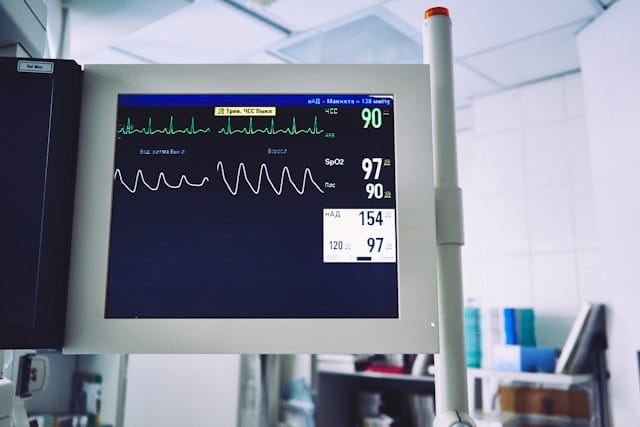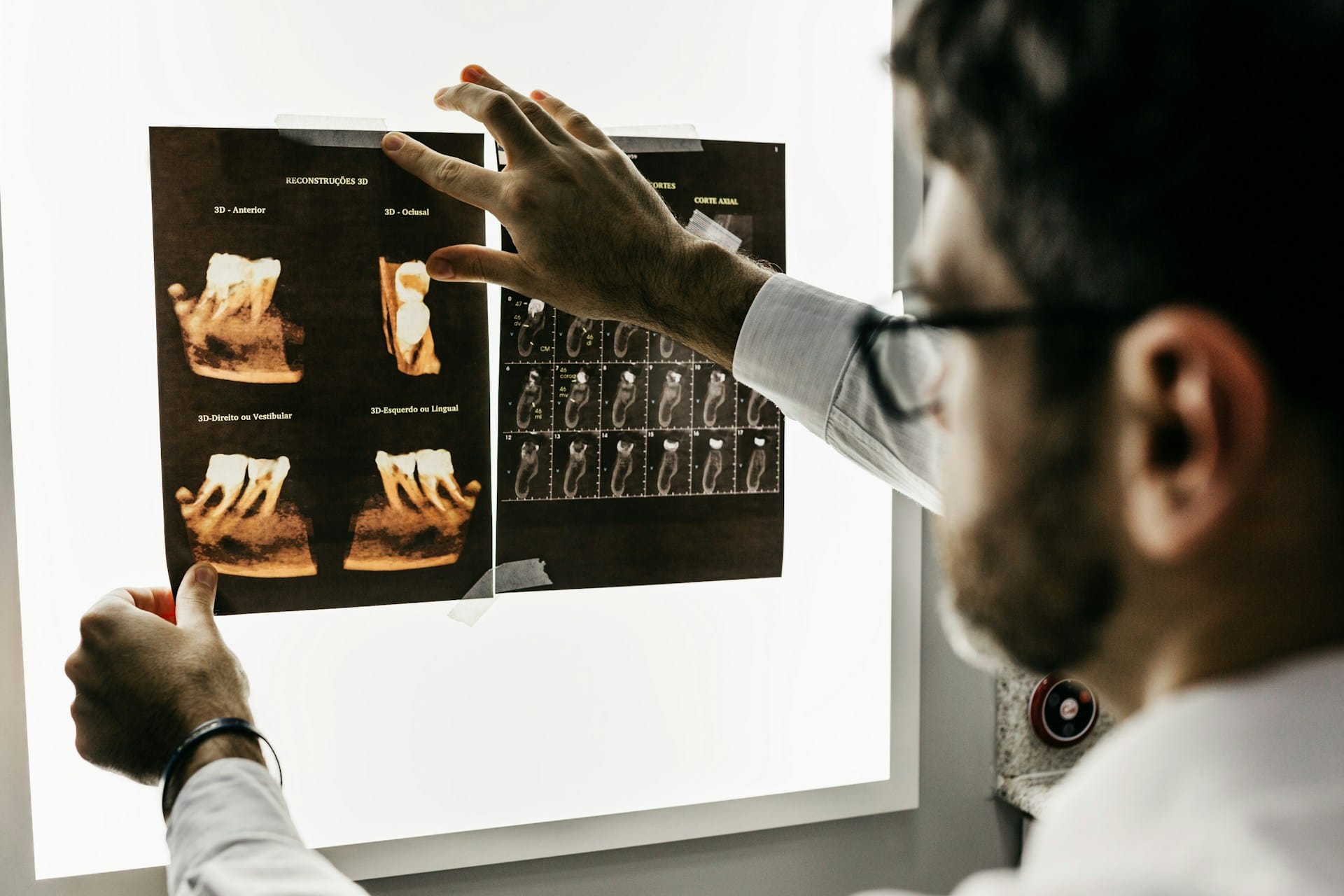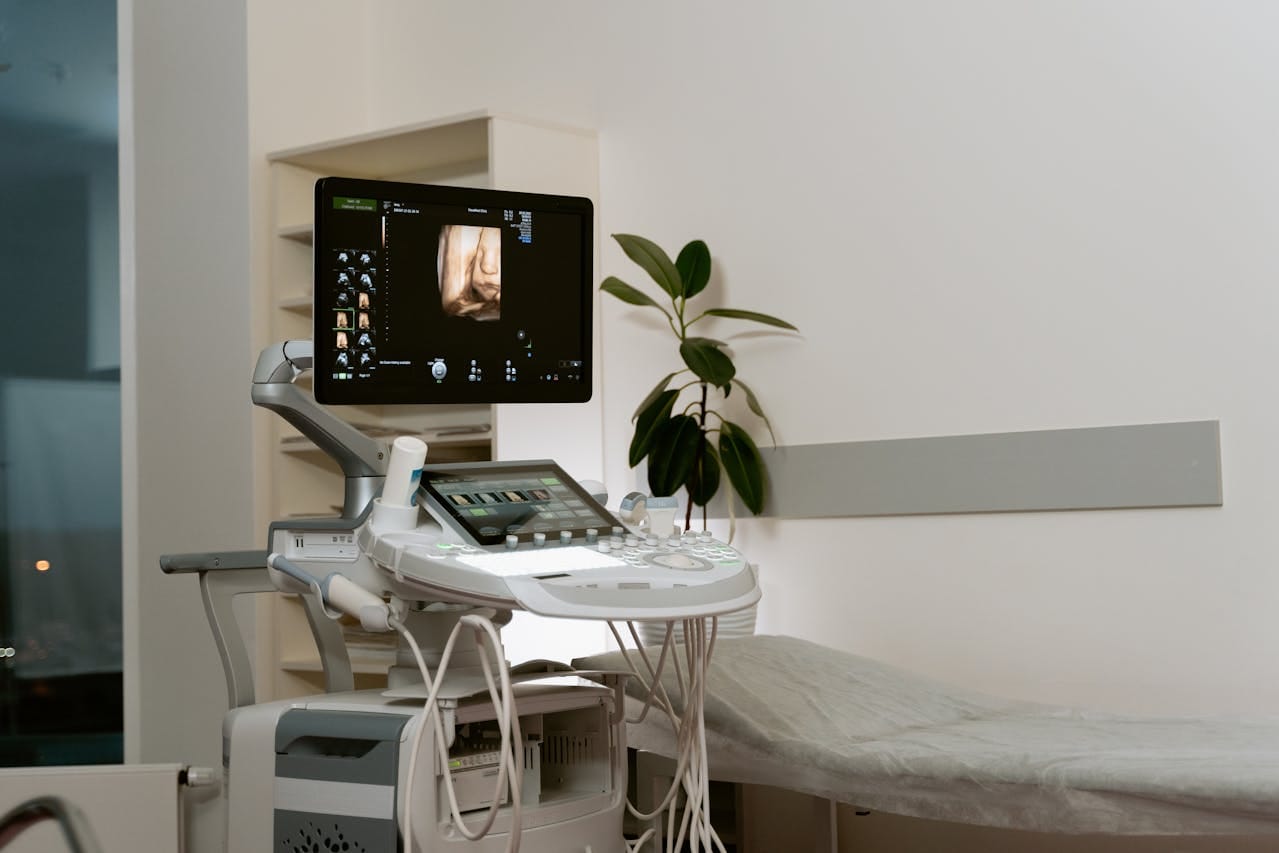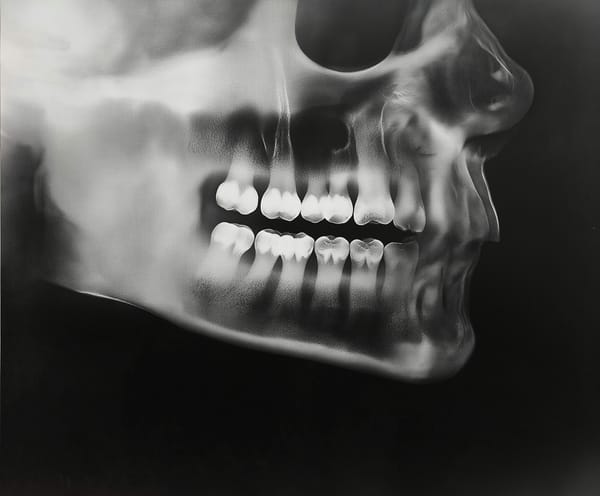Enhancing Patient Care: The Significance of Quality Medical Equipment
Table of Content
In an era where technological advancements continuously reshape medical practice, ensuring that healthcare facilities are equipped with top-notch medical equipment is crucial for enhancing patient care.
The impact of medical equipment on patient outcomes cannot be overstated. Accurate and reliable diagnostic tools are essential for identifying diseases and conditions accurately and promptly, allowing for timely and appropriate interventions.
Therapeutic devices, such as infusion pumps and ventilators, play a critical role in patient treatment and recovery.
Monitoring equipment ensures continuous observation of patients' vital signs, enabling immediate response to any changes in their condition.
Quality medical equipment is vital for improving patient outcomes by providing accurate diagnoses, effective treatments, and enhanced patient safety.
The Role of Quality Medical Equipment in Patient Care
Improved Diagnostic Accuracy
High-quality diagnostic equipment is fundamental for accurate disease detection and management.
Advanced imaging technologies, such as MRI machines and X-ray machines, provide detailed and precise images, enabling healthcare providers to diagnose conditions with greater accuracy.
This precision is crucial for developing effective treatment plans and improving patient prognosis.

Enhanced Treatment Efficacy
Therapeutic equipment, including infusion pumps and ventilators, is essential for administering treatments and supporting patients' recovery processes.
Quality therapeutic devices ensure that treatments are delivered accurately and consistently, enhancing their effectiveness. Advanced infusion pumps can regulate the flow of medication with precision, minimizing the risk of dosage errors and improving patient outcomes.
Increased Patient Safety
Patient safety is paramount in healthcare, and high-quality medical equipment plays a significant role in safeguarding patients.
Reliable monitoring equipment, such as ECG machines and patient monitors, allows healthcare providers to continuously track patients' vital signs and detect any abnormalities early.
This real-time monitoring capability enables prompt medical interventions, reducing the risk of complications and ensuring patient safety.

Types of Essential Medical Equipment
Diagnostic Equipment
Diagnostic equipment includes tools and machines used to detect and diagnose medical conditions. Examples include:
- MRI Machines: Provide detailed images of organs and tissues using magnetic fields and radio waves.
- X-ray Machines: Use radiation to capture images of the body's internal structures, aiding in the diagnosis of fractures, infections, and tumors.

Therapeutic Equipment
Therapeutic equipment encompasses devices used in the treatment and management of medical conditions. Examples include:
- Infusion Pumps: Deliver fluids, such as nutrients and medications, into a patient's body in controlled amounts.
- Ventilators: Support or replace a patient's breathing function, essential for patients with respiratory failure or during surgery.
Monitoring Equipment
Monitoring equipment refers to devices used to continuously observe and record patients' vital signs. Examples include:
- ECG Machines: Monitor and record the electrical activity of the heart, helping detect cardiac abnormalities.
- Patient Monitors: Track vital signs such as heart rate, blood pressure, and oxygen levels, providing critical information for patient care.
Advancements in Medical Equipment Technology
Innovations in Medical Imaging
Medical imaging has seen significant advancements, resulting in improved diagnostic capabilities. Technologies such as 3D imaging, high-resolution ultrasound, and functional MRI have revolutionized the way medical conditions are diagnosed and monitored.
These innovations provide clearer, more detailed images, allowing for early and accurate detection of diseases. 3D mammography has enhanced breast cancer detection rates, while functional MRI provides insights into brain activity, aiding in the diagnosis of neurological disorders.

Developments in Minimally Invasive Surgical Tools
Minimally invasive surgical tools have transformed the field of surgery by reducing recovery times, minimizing pain, and lowering the risk of complications. Advanced tools such as robotic-assisted surgery systems enable surgeons to perform precise and complex procedures through small incisions.
These developments not only improve patient outcomes but also reduce hospital stays and associated healthcare costs. Laparoscopic instruments and endoscopic cameras are prime examples of tools that have made surgeries less invasive and more efficient.
Smart Medical Devices and IoT in Healthcare
The integration of smart medical devices and the Internet of Things (IoT) in healthcare is creating interconnected systems that enhance patient care. Smart devices, such as wearable health monitors, provide continuous data on vital signs, enabling real-time monitoring and early detection of health issues.
IoT-enabled medical equipment can communicate with each other and healthcare systems, improving the efficiency of care delivery. Smart infusion pumps can be programmed remotely, reducing the need for manual adjustments and ensuring accurate medication delivery.
The Importance of Regular Maintenance and Calibration
#1 Ensuring Equipment Accuracy and Reliability
Regular maintenance and calibration of medical equipment are crucial for ensuring its accuracy and reliability.
Precise calibration ensures that diagnostic tools provide accurate readings, which are essential for correct diagnoses and treatment plans.
Without regular maintenance, equipment may become less reliable, leading to potential errors in patient care.
#2 Preventing Equipment Failures and Malfunctions
Preventive maintenance helps to identify and address potential issues before they result in equipment failures or malfunctions.
This proactive approach minimizes downtime and ensures that medical equipment is always ready for use when needed.
Regular inspections and servicing extend the lifespan of equipment, reducing the need for frequent replacements and ensuring continuous patient care.
#3 Compliance with Health Regulations and Standards
Healthcare facilities must comply with stringent health regulations and standards to ensure patient safety. Regular maintenance and calibration of medical equipment are essential for meeting these regulatory requirements.
Compliance with standards set by organizations such as the FDA and ISO not only ensures the safety and effectiveness of medical devices but also protects healthcare providers from legal and financial repercussions.
Medical Equipment Repair & Refurbishing Services
Medical equipment repair and refurbishing services play a vital role in maintaining the functionality and extending the life of medical devices.
These services include troubleshooting, repairing, and restoring equipment to its original specifications. Refurbishing involves thorough cleaning, replacing worn parts, and updating software to ensure that the equipment performs like new.
Benefits of Using These Services (Cost Savings, Sustainability)
Utilizing repair and refurbishing services offers significant benefits, including cost savings and sustainability.
Repairing and refurbishing equipment is often more cost-effective than purchasing new devices, allowing healthcare facilities to allocate resources more efficiently.
Refurbishing equipment reduces electronic waste, promoting environmental sustainability by minimizing the disposal of used devices.
Endnote
Quality medical equipment is fundamental to delivering excellent patient care, impacting everything from diagnosis to treatment and monitoring.
Technological advancements in medical equipment, coupled with regular maintenance and repair services, ensure that healthcare providers can offer accurate, effective, and safe care.
Investing in high-quality equipment and utilizing repair and refurbishing services not only enhances patient outcomes but also promotes sustainability and cost-efficiency in healthcare settings.
Healthcare facilities should prioritize the acquisition and upkeep of top-tier medical equipment to maintain the highest standards of patient care.










